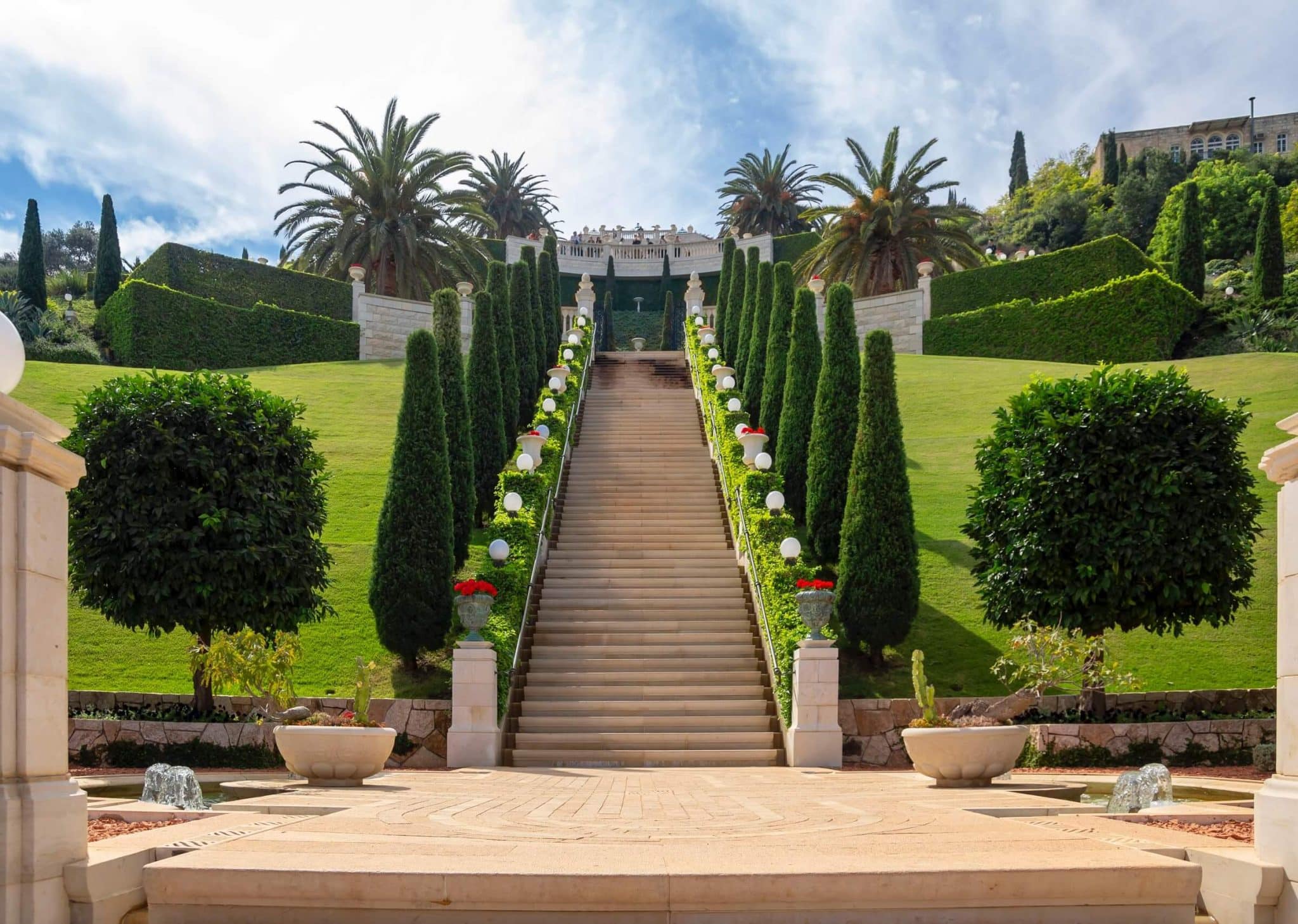Planting a tree should be an investment that pays off for decades, yet seasoned arborists and even climate-minded philanthropists like Bill Gates have warned that merely putting seedlings in the ground, without a long-term care plan, can waste land, money, and water. Below, you’ll see how common pitfalls arise, how to avoid them, and why integrating a continuous fertigation system turns “tree planting” into “tree growing.”
1. Why Good Trees Fail: The Hidden Pitfalls
Circling roots that girdle the trunk, planting at the wrong depth, mismatching species to soil, and skipping consistent after-care are the top killers. A sapling raised in a tight container often develops a root spiral; if you drop that root ball into a hole untouched, the tree strangles itself years later. Bury the root flare too deep and the stem rots, plant too shallow and roots bake in summer heat. Layer on sporadic watering or one-off granular fertilizer and you have feast-or-famine stress.
A homeowner-sized EZ-FLO 1010-HB Hose-Bib System solves the last problem by sending a micro-dose of nutrients with every hose or drip cycle, synchronizing moisture and fertility across the entire root zone.
2. The Gates Insight: Planting Trees ≠ Climate Silver Bullet
When Gates called mass tree planting “complete nonsense” as a standalone climate fix, he highlighted what many large-scale campaigns ignore: survival rates. Seedlings that die within three years contribute zero long-term carbon. Proper species selection, irrigation budgeting, and nutrient delivery are non-negotiable if the goal is real environmental benefit.
3. Root-Ball Prep: Slice, Settle, Soak
University research shows a few vertical knife cuts through the root ball encourage new roots to radiate outward, while preserving enough soil to prevent desiccation. Immediately drench the planting hole to eliminate air pockets. Adding FERTI-MAXX Landscape Growth Blend (23-13-8) to that first soak jump-starts recovery; the chelated formula dissolves completely inside any EZ-FLO tank, delivering instant, burn-free nutrition. For detailed guidance, Oregon State University’s Extension tree-care series walks through root pruning and back-fill tips.
4. Timing: Choose Seasons That Favor Roots, Not Shoots
Cooler air and still-warm soil in fall let roots expand without powering a full canopy. Spring works once frost is gone. Avoid mid-summer heat waves or water-logged, frozen ground; young transplants can’t out-drink extreme stress. The University of Nebraska Extension confirms that “fall planting gives trees a head start on root growth before winter.”
Municipalities facing strict watering schedules lean on the high-capacity EZ-FLO 7.5-Gallon Mainline System. One refill can micro-feed up to 75,000 sq ft, stretching every permitted gallon.
5. Scaling Up: Why Community Tree Drives Stumble
Projects often track “trees planted” instead of “trees thriving.” Drought mortality, turf-grass competition, vandalism, and zero maintenance budgets doom many plantings within three years. Embedding fertigation into the irrigation design – right from the bid stage – locks in nutrition and moisture, making survival the default outcome.
Frequently Asked Questions About Planting Trees
Do I Really Need Fertilizer at Planting Time?
Yes. Roots lose up to 90% of their feeder tips when transplanted. Low-dose, water-borne nutrition replaces that lost uptake capacity without burning sensitive tissue.
How deep should I dig the hole?
Dig 2–3 times the root-ball width but only as deep as the root flare. The flare (where the trunk widens) must sit at or slightly above finished grade.
Can I Plant During Summer if That’s My Only Window?
You can, but you’ll need daily irrigation and shading tactics. Continuous fertigation becomes critical to counter heat stress.
What’s the Biggest Mistake DIY Planters Make?
Planting too deep and forgetting to loosen circling roots – both problems remain invisible until the tree declines years later.
Next Steps – Turn Planting Into Lasting Canopy
Whether you’re nurturing a single backyard apple or greening an entire subdivision, EZ-FLO offers a fertigation setup that matches your flow rate, acreage, and budget. Look through EZ-Flo products today to design a program that keeps every tree you install alive, vigorous, and climate-resilient for decades to come.


